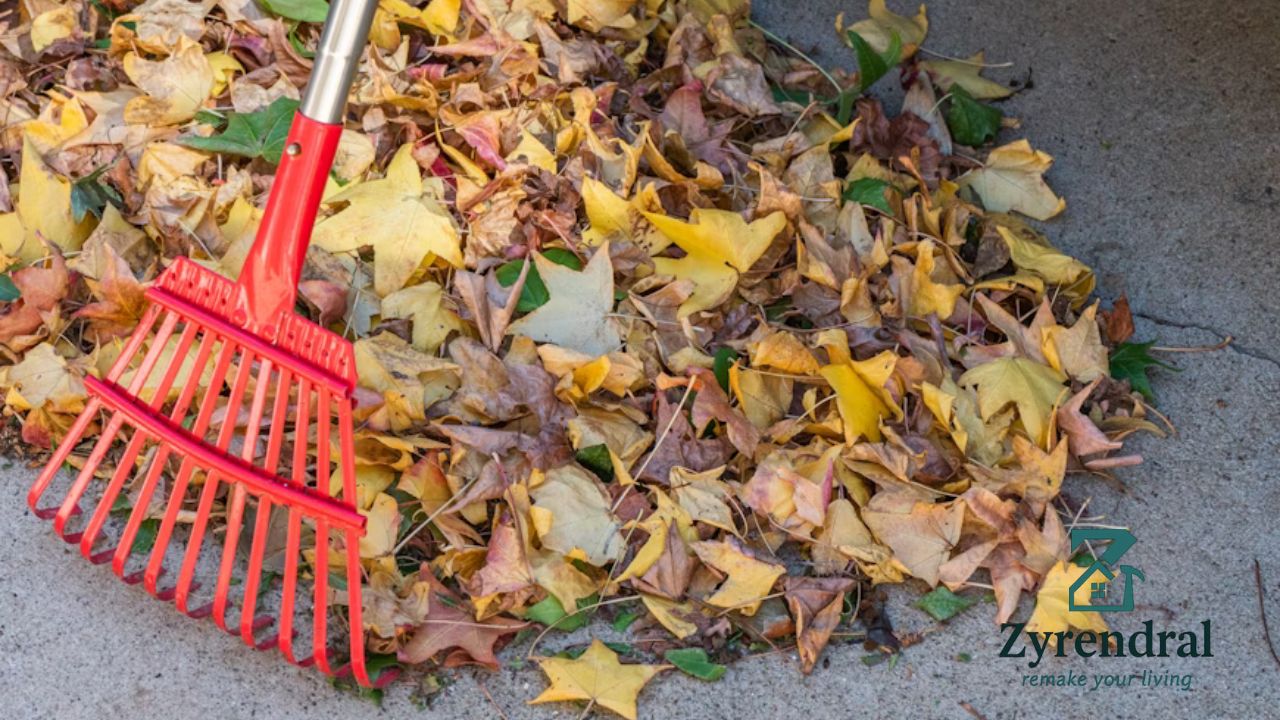As the leaves begin to change and the temperatures drop, many homeowners focus on outdoor tasks like raking leaves, cleaning gutters, or winterizing their gardens. However, one area that often gets overlooked is the basement. Basements are particularly vulnerable during the fall and winter months due to increased rainfall, snow melt, and fluctuating temperatures. Proper seasonal maintenance can prevent water damage, mold growth, and structural issues, saving homeowners both time and money in the long run.
A well-maintained basement not only protects your home’s foundation but also ensures a healthy living environment. Moisture buildup during colder months can lead to mold and mildew, which can trigger allergies and respiratory issues. Additionally, water seepage can damage flooring, walls, and stored belongings. By performing some simple maintenance tasks before the weather turns harsh, you can safeguard your basement and enjoy peace of mind throughout the winter.
Table of Contents
ToggleInspect and Clean Your Basement Windows and Window Wells
One of the first steps in preparing your basement is inspecting the windows and the surrounding wells. Check for cracks, broken seals, or any signs of moisture around the windows. Even small leaks can allow water to seep into your basement, leading to bigger problems over time. Clear away leaves, dirt, and debris from window wells to prevent clogs and water buildup. Properly maintained window wells not only improve drainage but also enhance natural light in the basement, making the space feel more inviting.
Fall rains and melting snow can easily overwhelm poorly maintained drainage systems. Ensure that the area around your windows is sloped away from the house to direct water flow outward. Installing or maintaining window well drains is essential in keeping water away from your basement. These drains provide a direct pathway for excess water, preventing it from pooling around your foundation and reducing the risk of leaks. If you haven’t checked or updated your drainage recently, this is an excellent time to do so.
Gutter and Downspout Maintenance
Clogged gutters and downspouts are one of the leading causes of basement flooding. As leaves and debris accumulate in the gutters, water can overflow and seep into the foundation. Before the first major rain or snow, clean out your gutters thoroughly and ensure that downspouts direct water at least three to five feet away from your home. Consider installing gutter guards to reduce the frequency of clogs during the fall season. Regular maintenance in this area can prevent costly water damage and foundation issues later on.
Inspect Basement Walls and Flooring
Check the basement walls for any cracks or signs of water infiltration. Hairline cracks can widen over time, allowing moisture to enter and compromise the integrity of your foundation. Seal any visible cracks using a waterproof sealant designed for basement walls. Additionally, inspect your basement flooring, especially if it is concrete. Look for discoloration or damp spots, which may indicate water seepage from below. Catching and addressing these issues early can prevent larger repairs in the future.
Test Your Sump Pump and Backup Systems
If your basement has a sump pump, ensure it is in proper working order. Test it by pouring water into the pit to see if the pump activates and removes the water efficiently. If your sump pump has a backup battery system, check the battery charge and replace it if necessary. A malfunctioning sump pump during a heavy rainstorm or rapid snow melt can quickly lead to flooding, so proactive testing is critical.
Check Humidity Levels and Ventilation
During fall and winter, indoor humidity levels can fluctuate dramatically. High humidity can cause condensation on basement walls and windows, which creates an ideal environment for mold growth. Use a hygrometer to monitor basement humidity and consider investing in a dehumidifier if levels are consistently high. Proper ventilation also helps prevent stale air and dampness. Open vents periodically and ensure that any mechanical ventilation systems are clean and operational.
Secure Stored Items
Before winter, take stock of items stored in your basement. Store sensitive items in waterproof containers, elevate them off the ground when possible, and avoid stacking them directly against walls where moisture is more likely to collect. If you have furniture, electronics, or important documents stored in the basement, consider moving them to higher ground or areas less prone to dampness. Taking these precautions helps reduce potential damage in case of unexpected water intrusion.
Inspect Plumbing and Fixtures
Fall and winter are prime times for plumbing issues due to freezing temperatures. Check all exposed pipes in your basement for leaks, corrosion, or signs of wear. Insulate vulnerable pipes to prevent freezing, and consider shutting off outdoor water lines to avoid burst pipes. Regularly inspecting your plumbing can prevent emergency repairs and keep your basement dry throughout the season.
Maintain Proper Landscaping and Drainage
The area surrounding your home plays a significant role in basement protection. Ensure that the ground slopes away from your foundation and that mulch, plants, and landscaping features do not block water flow. Avoid planting trees or shrubs too close to your home, as their roots can interfere with the foundation and drainage systems. Regularly inspect and maintain exterior drainage features to divert water away from your basement effectively.
Routine Inspections and Scheduling Maintenance
Finally, schedule routine inspections of your basement, especially after heavy rains or snowstorms. Look for signs of water entry, moisture accumulation, or structural concerns. By catching small issues early, you can avoid expensive repairs and maintain a safe and functional basement. Fall is an ideal time to perform a thorough inspection and address any maintenance tasks before winter fully sets in.
Fall Into Basement Bliss
Preparing your basement for fall and winter may seem like a lot of work, but taking a proactive approach ensures a safe, dry, and healthy home environment. From cleaning window wells and inspecting plumbing to testing sump pumps and monitoring humidity, these tasks help prevent water damage and maintain the structural integrity of your home. By following this seasonal maintenance checklist, you can enjoy peace of mind knowing that your basement is well-protected against the challenges of the colder months. Taking these steps now saves you from costly repairs later and keeps your basement a safe and comfortable space year-round.






